Ancient Psychedelia: Alien Gods & Mushroom Goddesses
Online Book - Chapter 1, Page 16
Back to Online Book Mainpage / Next Page (Chapter 1, Page 17)
Usually, the mushroom god/dess has one head (11a), but the same style figurines may be double or triple headed, as seen in the same Anatolian goddess figurines, c. 2400-1600 BC (11c) as well as the Syrian Eye Idols dated c. 4000-3500 BC (10a), first discovered by Professor M.E.L Mallowan in 1937 and 1938 at Tell Brak in north Syria, and also the Valdivia double-headed goddess idols (89j, k). Many of these idols are clearly representative of the mushroom growing up in pairs. (43)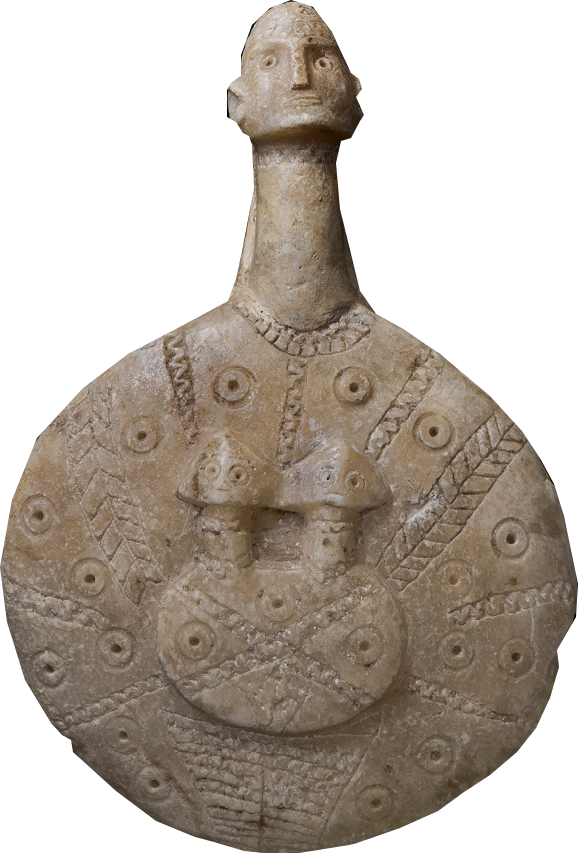 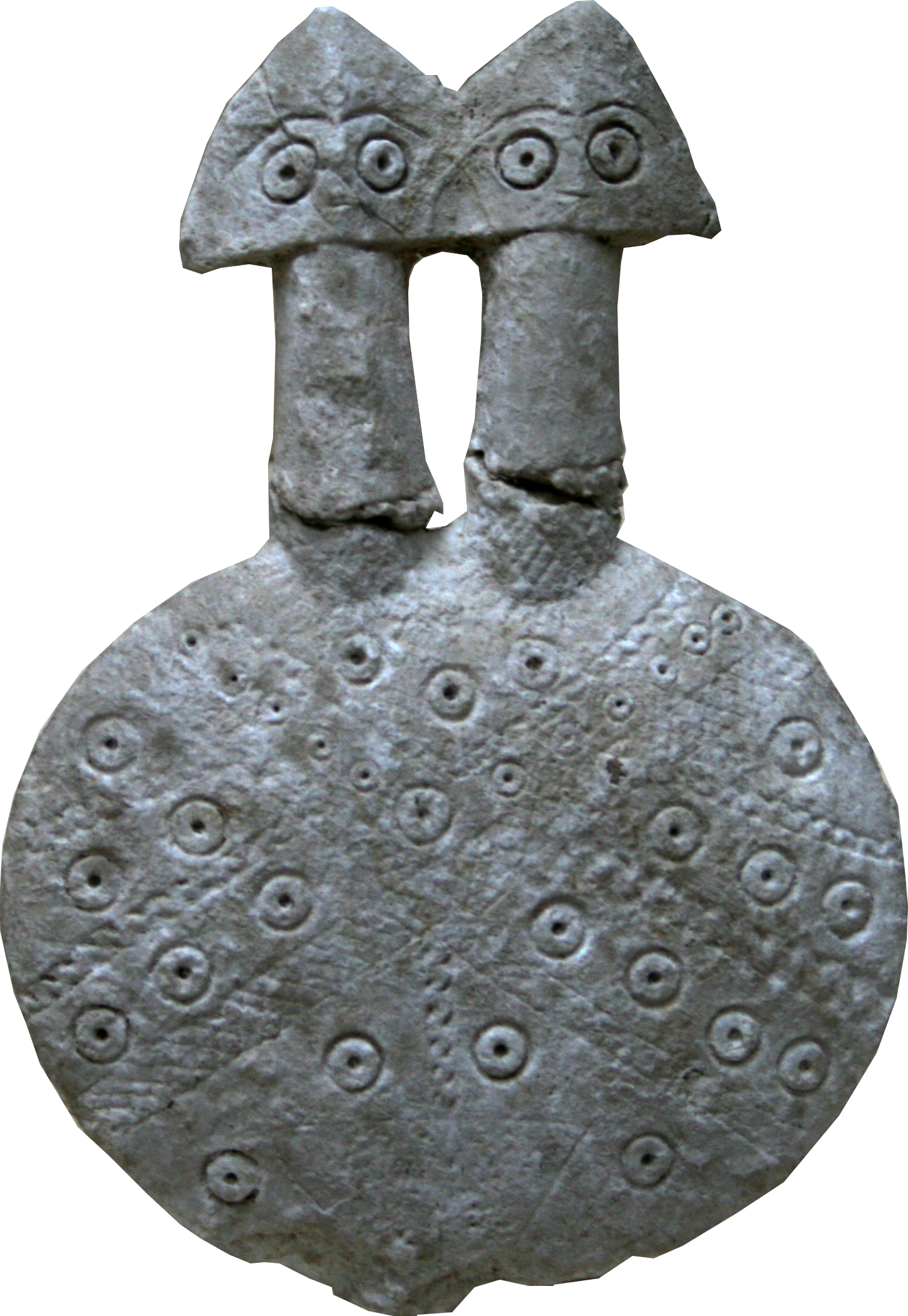 (11a, c) Kultepe, Turkey c. 2100 BC 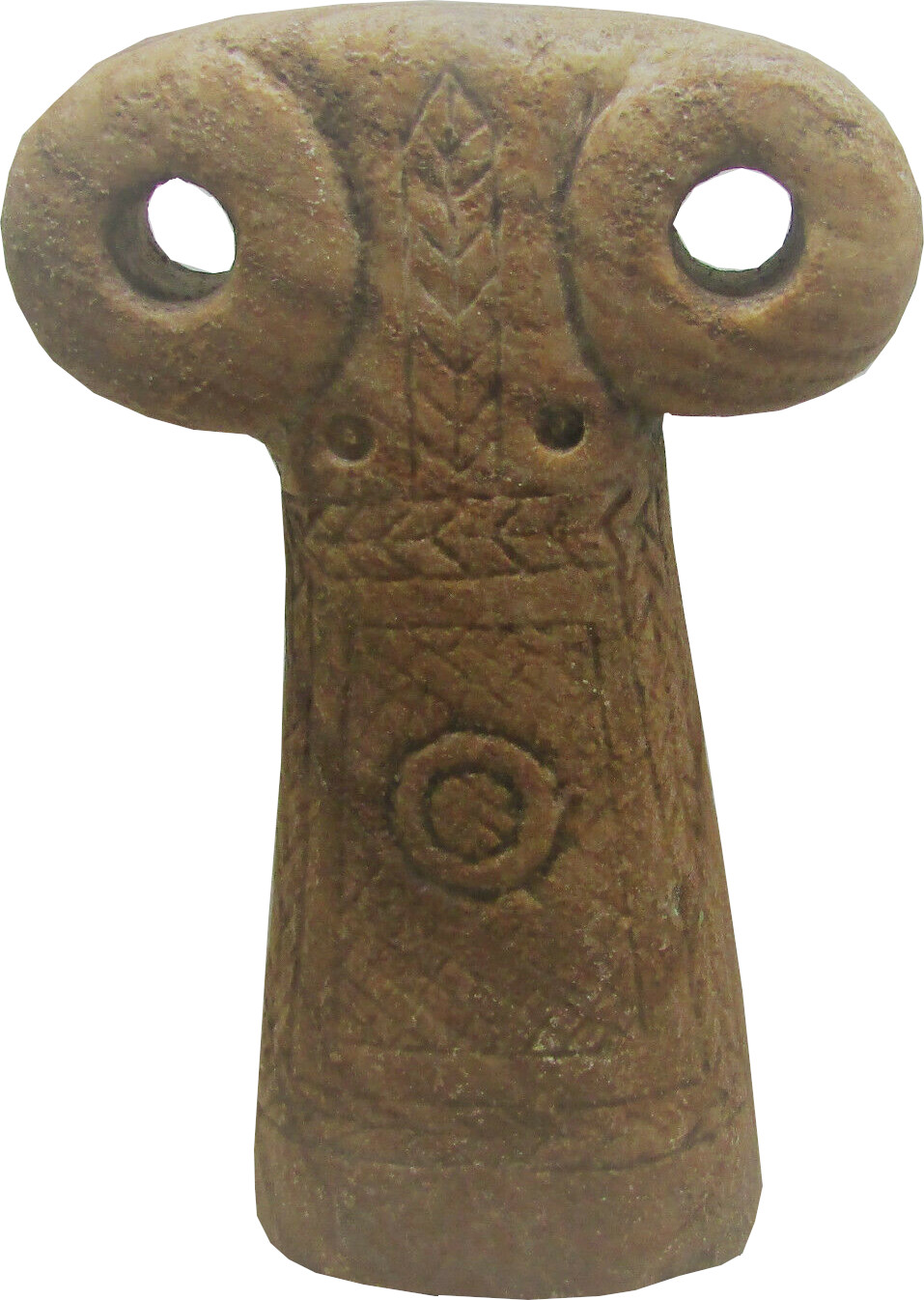 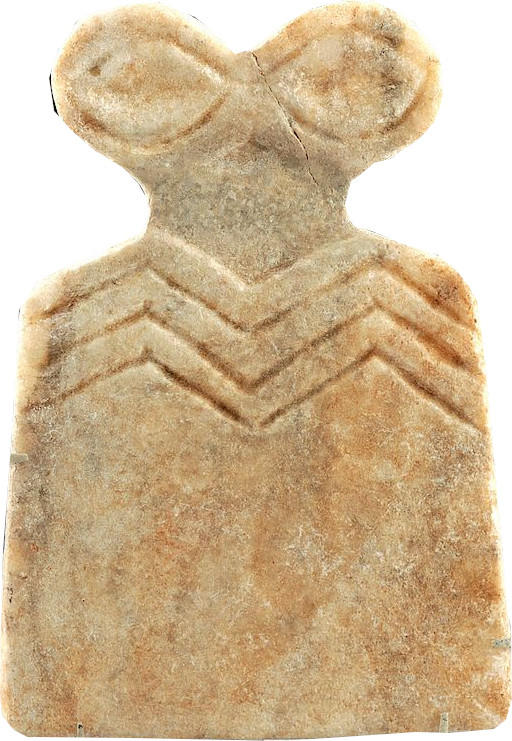 (10a) The Eye Idols of Tell Brak, Syria c. 4000-3500 BC |
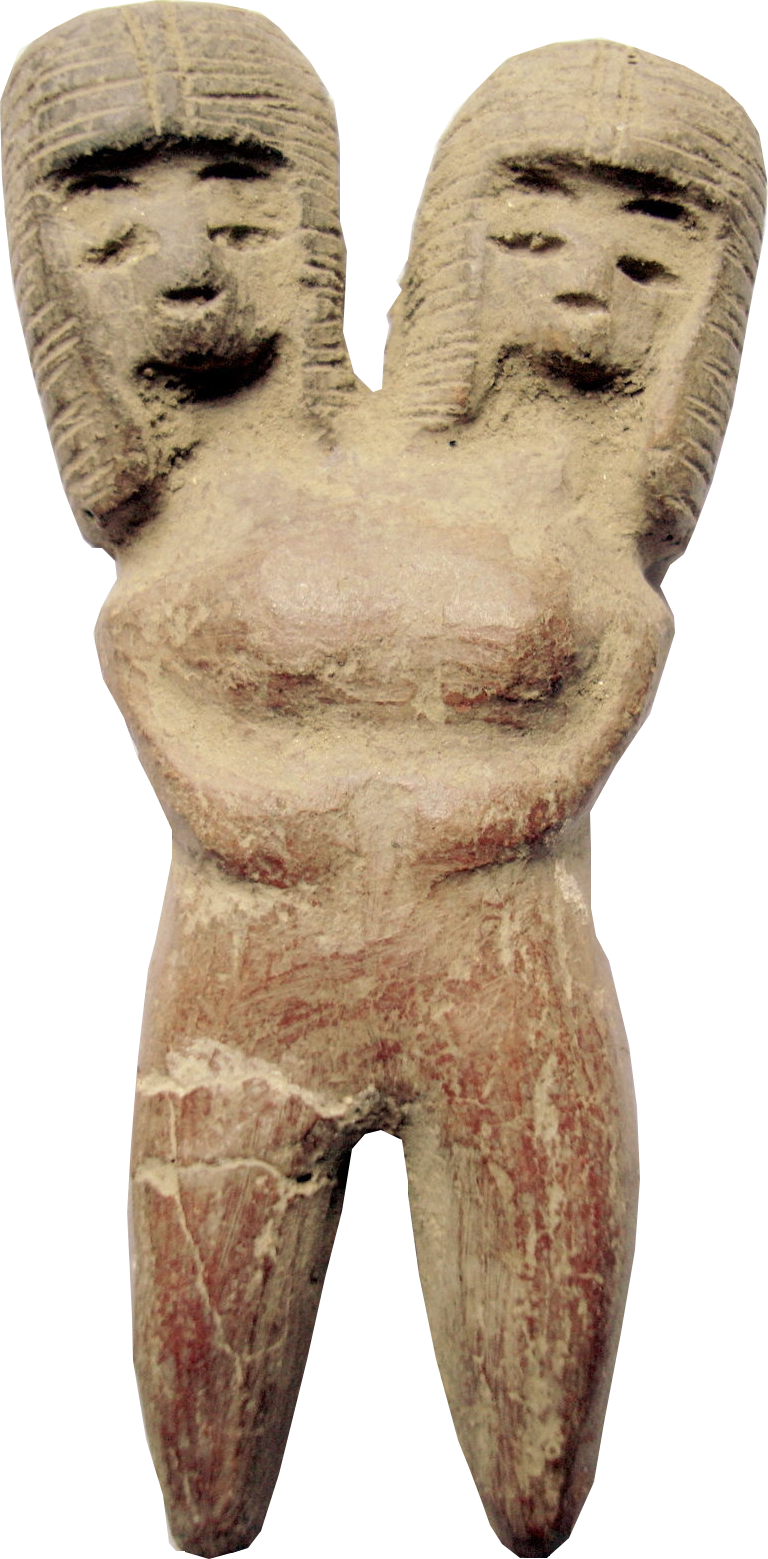 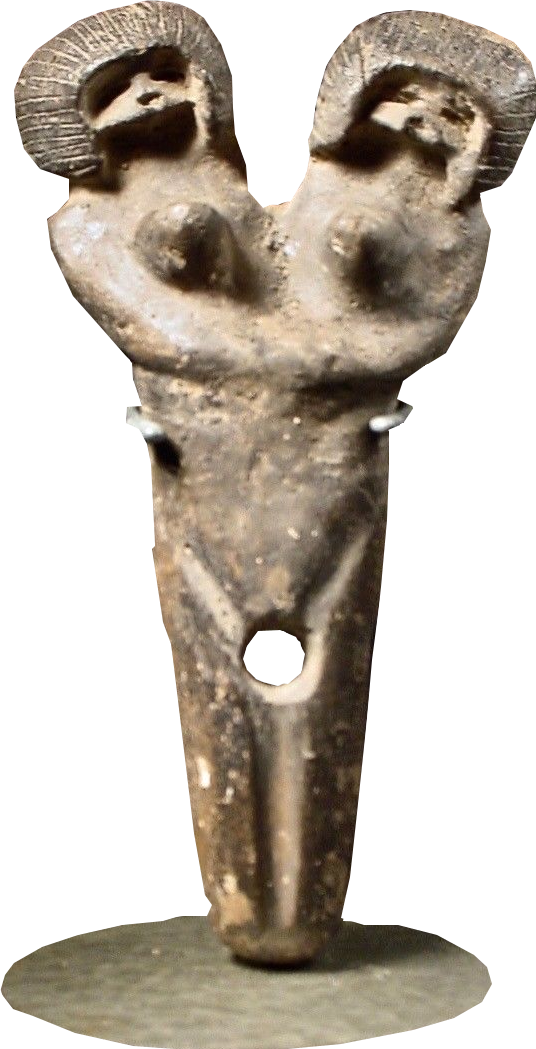 R: (89k) (k) Valdivia, Ecuador c. 2300 BC The Vinca culture, also known as the Turdas culture, occupied what is now modern-day Serbia, Bulgaria and parts of Romania approximately 4500-5700 BC. It was the largest Neolithic settlement ever discovered in Europe. The Vinca culture was a full-fledged civilization three millennia before the Egyptians and even the Mesopotamians. Thousands of goddess figurines have been found at the site during excavations. According to archaeologist Dusan Sljivar of Serbia's National Museum, “They knew how to find minerals, to transport them and melt them into tools.” An article titled Europe’s Oldest Script Found in Bulgaria, appeared on May 18, 2005, which read in part, “Ancient tablets found in South Bulgaria are written in the oldest European script found ever, German scientists say. The tablets, unearthed near the Southern town of Kardzhali, are nearly 7,000 years old, and bear the ancient script of the Cretan (Minoan) civilization, according to scientists from the University of Heidelberg, who examined the findings. This is the Cretan writing, also known as Linear A script, which dates back to 15th-14th century BC. The discovery proves the theory of the Bulgarian archaeologists that the script on the findings is one of the oldest known to humankind, the archaeologist Nikolay Ovcharov announced Wednesday.” The Vinca artifacts are very similar to the Sumerian Ubaid culture and it was previously thought that Sumer was the oldest known civilization which started in Mesopotamia, but this finding has changed that idea dramatically. The Vinca culture had a heavy goddess influence and their motifs included the serpent along with the bird goddess, bees and butterflies, and the double-axe. (44) (43) The Goddesses and Gods of Old Europe: Myths and Cult Images, (6500-3500 BC) Marija Gimbutas, University of California Press, 1982, p.26 (44) The Great Cosmic Mother, p.91; http://www.ancient-wisdom.com/serbiavinca.htm |
Go Back to Page 15